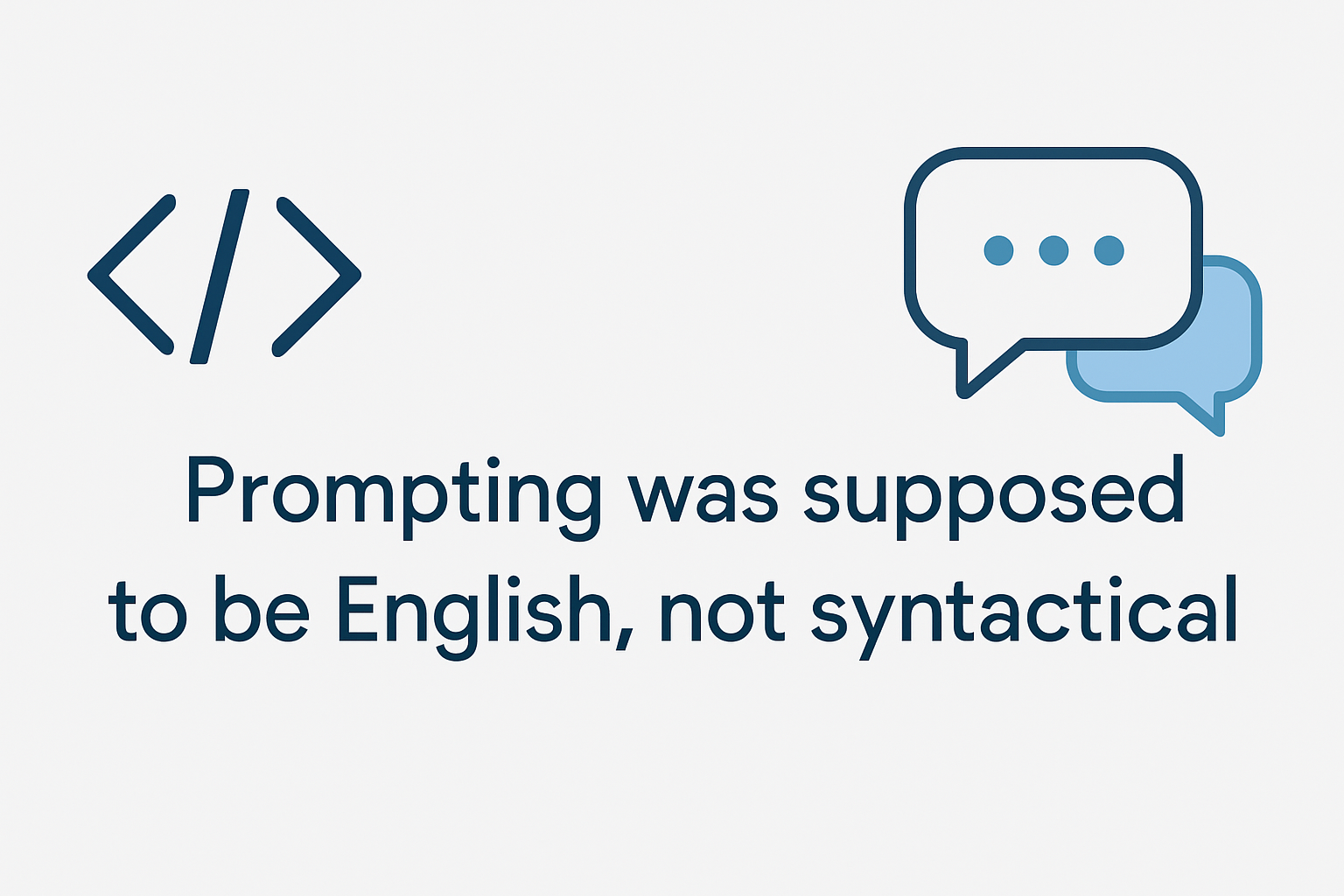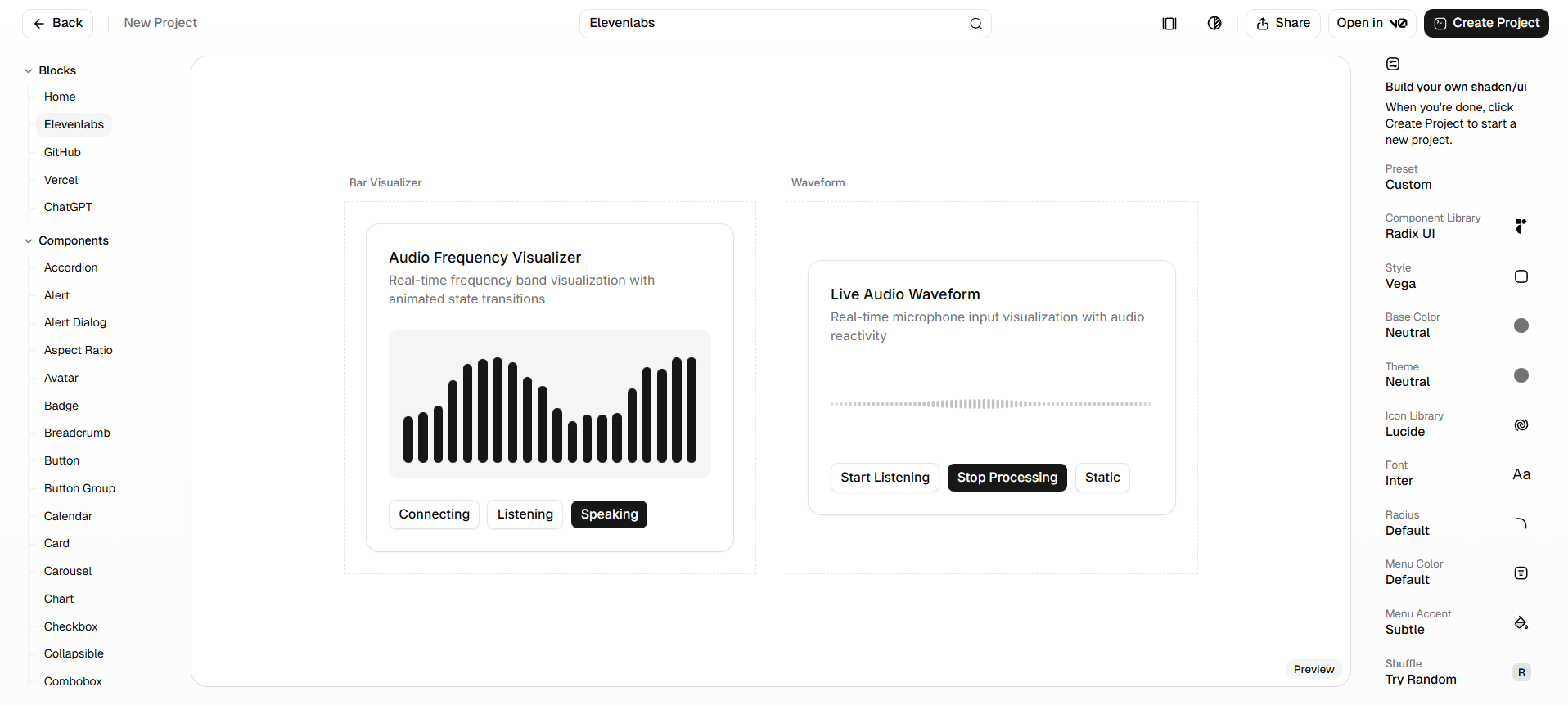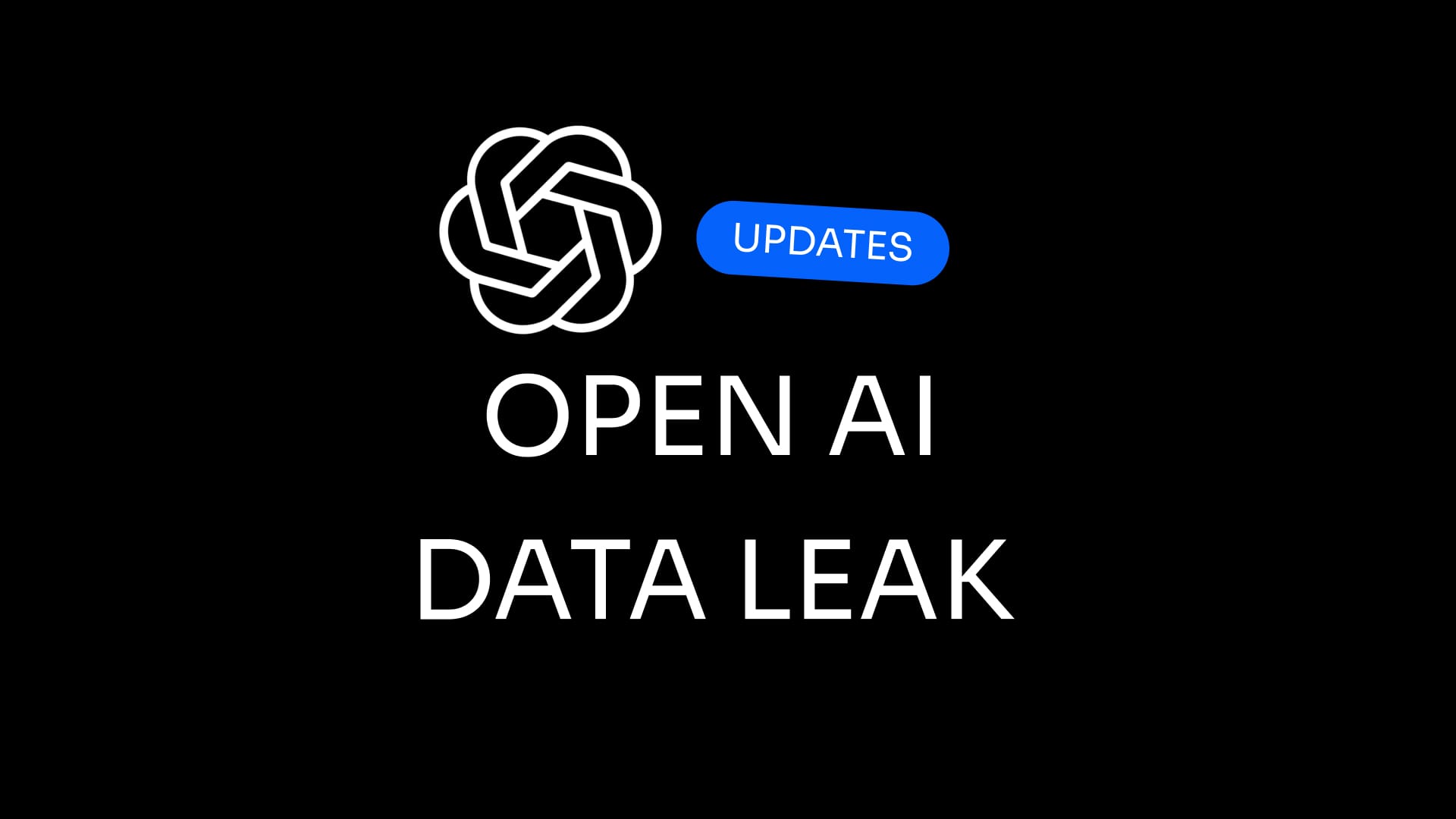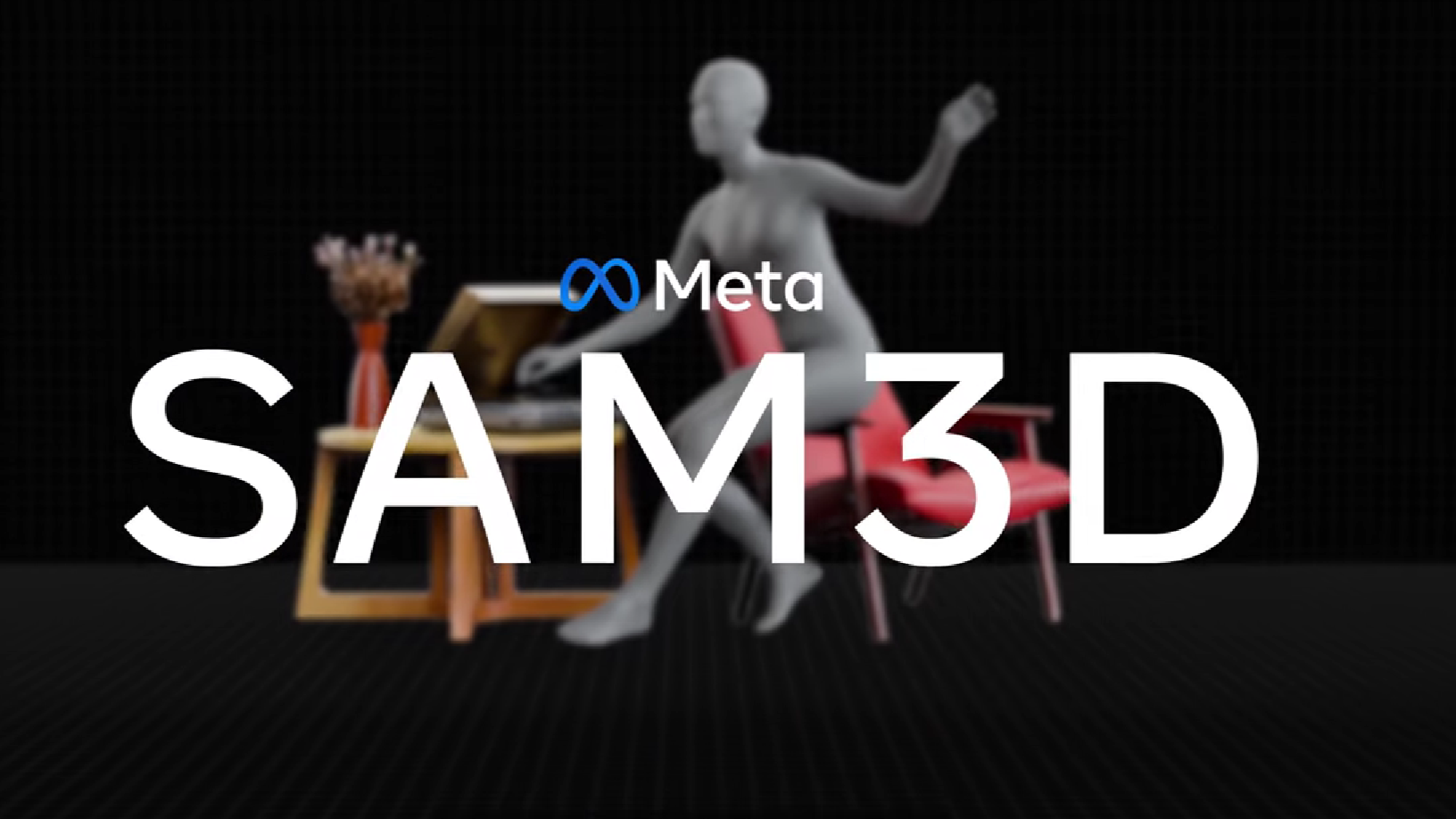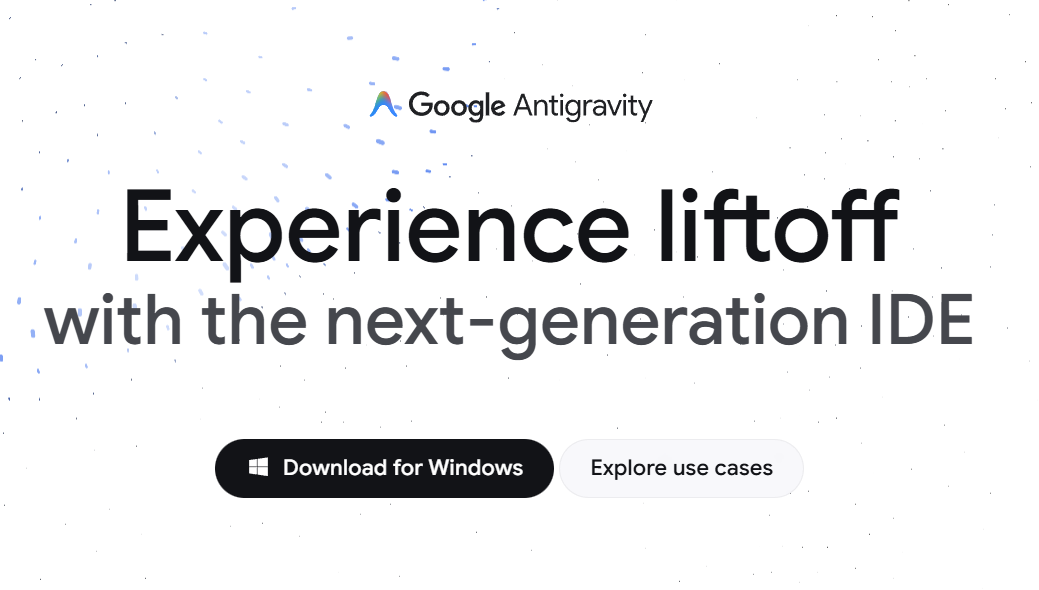Large language models (LLMs) were introduced with a simple promise: speak in plain English and they will deliver results. No schemas, no scaffolding, just natural conversation.
Microsoft’s release of the Prompt Orchestration Markup Language (POML) challenges that vision. Instead of free-form text, POML introduces tags, templates, stylesheets, SDKs, and IDE extensions. It is an HTML or XML-inspired layer that imposes structure on prompts.
The release has sparked debate. Some practitioners welcome it as overdue engineering discipline, while others see it as a betrayal of the natural language ethos that made LLMs accessible in the first place.
What POML Is Trying to Fix
Microsoft positions POML as a response to the realities of production prompt engineering, where prompts can become brittle, hard to reuse, and messy to debug. POML offers solutions such as:
- Semantic sections like
<role>,<task>, and<example>for modular, reusable prompts. - Native data components such as
<document>,<table>, and<img>for embedding or referencing external text, spreadsheets, and images. - A CSS-like presentation layer with
<stylesheet>and attributes to separate content from formatting and reduce sensitivity to layout. - A templating engine with variables, loops, conditionals, and
<let>for dynamic prompt generation at scale. - Tooling support, including a VS Code extension with syntax highlighting, auto-completion, live preview, token counts, and debugging, alongside Node.js and Python SDKs.
Together, these features turn POML into a view layer for prompts, aimed squarely at enterprise teams building multi-agent systems, regulated workflows, and reusable prompt libraries.
The Counterargument: Keep Prompting Natural
Critics argue that POML moves prompting closer to programming and risks reintroducing gatekeeping. The appeal of LLMs has always been that anyone can write in English and get results without learning technical conventions.
There are also practical concerns. Structured markup introduces a learning curve, slows iteration, and may reduce experimentation. And as models become more robust to formatting, the value of heavy structure could diminish in everyday use cases.
At its core, the objection is simple: prompting should remain English first.
When Syntax Hurts and When It Helps
The truth is that structure can be either unnecessary overhead or a genuine advantage depending on the situation.
Where syntax hurts
- Simple tasks, exploratory chats, and creative drafting.
- Small teams or individuals who need speed and flexibility.
- Situations where rigid formatting discourages testing and iteration.
Where syntax helps
- Enterprise workflows requiring consistency, auditability, and regression testing.
- Multi-document or multi-modal contexts where structure reduces ambiguity and copy-paste errors.
- Multi-agent systems and CI/CD pipelines where templating, traceability, and token accounting are critical.
- Teams managing prompt libraries at scale, where modularity and controlled A/B testing make reuse practical.
In short, structure is valuable when reliability matters more than speed.
A Balanced Path Forward
The future of prompting does not require choosing between English and syntax. Instead, the most effective approach is layered. Start with clear natural language for exploration and prototyping. Add lightweight structure when complexity increases. Embrace frameworks like POML when scale, governance, or orchestration demands it.
Think of POML not as a replacement for English but as scaffolding that can wrap around it. The core should remain human-readable and accessible, because accessibility is what made LLMs transformative in the first place.
Final Takeaway
Accessibility is what opened the door for millions of people to use LLMs creatively and productively. If we protect that accessibility while embracing structure where it genuinely adds value, prompting can scale without losing its soul.



